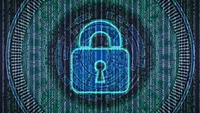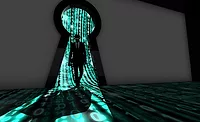86,000 Gunfire Incidents Across the US in 2017
ShotSpotter's National Gunfire Index (NGI) study reports that the western region of the U.S. saw the most significant decrease in gunfire activity in 2017.
The single busiest day of reported gunfire was June 22, 2017 in a midwest city with 75 incidents – down significantly from the busiest day of gunfire in 2016 that topped out with 339 incidents on October 23, 2016. The NGI found the busiest hour for gunfire in 2017 for any one city was on November 6 from 8:00 pm to 9:00 pm, with 35 gunfire incidents.
The NGI also revealed that incidents with single rounds were on the rise during 2017 and a trend towards a longer “weekend” with increased activity on Mondays, as well as the traditional spike in gunfire seen during the period of Friday, Saturday and Sunday.
Other key findings include:
Gunfire by night of the week – a longer “weekend” period emerges
- The total number of incidents per day reported by ShotSpotter rose 10% on Monday compared to 2% Tuesday through Friday.
- Monday edged out Thursday to become the fourth busiest night after (in order of total gunfire incidents reported) Saturday, Friday, and Sunday
Average number of rounds per reported incident was mostly steady, except for the West and Caribbean, where total incidents remain the highest, but dropped considerably year over year.
- Northeast 3.3 rounds per incident (2016, 3.3)
- Midwest 3.5 rounds per incident (2016, 3.6)
- South 3.7 rounds per incident (2016, 3.7)
- West 3.9 rounds per incident (2016, 4.4)
- Caribbean (Puerto Rico and U.S. Virgin Islands) 4.7 rounds per incident (2016, 6.3) *
In addition, when looking at gunfire incidents by geographic region, the Northeast has the lowest number of gunfire and the Midwest has the highest number of gunfire incidents.
Gunfire incidents peak between 10PM-12 midnight – the number of gunfire incidents by hour of day peaks at 10PM-11PM followed by 11PM-12 midnight and starts declining at midnight. The lowest number of gunfire incident hours are generally the 6AM-10AM range.
“Our annual ShotSpotter gunfire index provides important data that shines a light on gun violence trends that can empower law enforcement to make strategic decisions based on that knowledge,” said ShotSpotter President and CEO Ralph Clark. “While there is still much to be done to make our cities safer, by working closely with law enforcement across the country we are seeing large reductions in gunfire as the combination of technology, community engagement and new policing practices make a positive impact.”
Looking for a reprint of this article?
From high-res PDFs to custom plaques, order your copy today!






